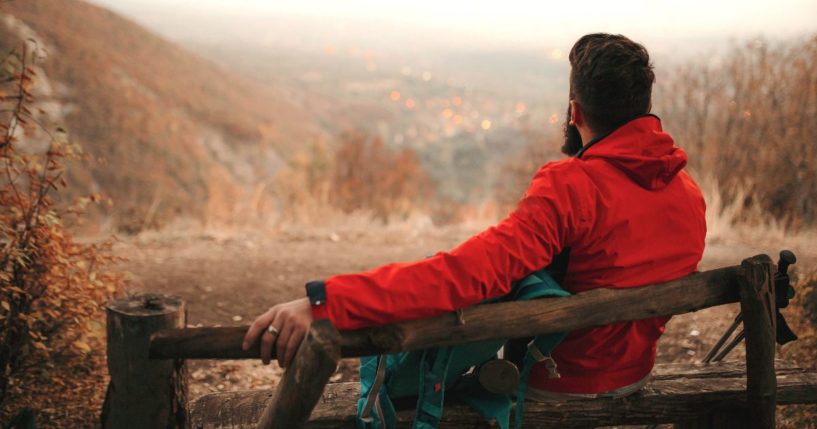
How an Outdoor Sit Spot Can Benefit You and Your Children's Health
A sit spot is simply a place that you return to regularly to observe nature. By visiting the same spot over time, you begin to see more of the natural behavior of the animals in the area and notice the changes that happen over the course of days, months, and seasons.
This article will focus on how to choose a sit spot, how to observe at a sit spot, and how a sit spot routine can help youth develop a sense of place and cope with busy lives.
Choosing a sit spot
A sit spot can be any place that you can visit regularly. It should be outdoors but does not need to be in the remote wilderness. It can even be in your own backyard!
Here are some things to consider when looking for a sit spot:
- Is the spot accessible and safe? Can you get there easily, quickly, and in various conditions? (For example, it should not be a place that floods quickly when it rains.)
- Is the spot comfortable? You want to find a spot where you can sit and relax for extended periods of time.
- Is the spot interesting? While a sit spot can be just about anywhere, including urban areas, you want to make sure that there is enough happening to keep your interest. Even most urban areas will have birds, squirrels, insects, etc. Over time, you’ll also find that observing the changes in plant life can be just as exciting as the animals!
- Is the spot away from distractions? While your spot does not need to be secluded, you do want to make sure you won’t be interrupted.
Observing at your sit spot
Once you’ve chosen your spot, it’s time to start observing!
Here are some guidelines to help you get the most out of your experience:
- Make it a routine. It’s best if you can visit your sit spot on a regular schedule. Being there at the same time each day allows animals to get used to your arrival, and over time, you will start to observe more of their natural behavior.
- Take your time. As a general guideline, you should spend at least ten minutes at your sit spot. It’s not unusual for ten minutes to feel like a long time at first and to find yourself staying for longer and longer each time you visit.
- Consider journaling. While there’s nothing wrong with simply sitting and observing, bringing a journal can allow you to make notes of things you see, including changes to your spot over time, animal behaviors, and responses to prompts you select ahead of time.
- Travel light. Other than your journal, pencil, and maybe some water, you don’t want to bring things with you to your sit spot. You want to limit distractions and disruptions for both yourself and the animals at your spot. This means no phones! If you find that you need a chair or bench to sit on at your spot, it’s best to leave one there if you can, rather than to bring one with you each time.
Benefits of a sit spot
As you get into your sit spot routine, you will soon realize there are many benefits to the practice. Here are just a couple to consider:
- Learning about the environment. A sit spot can help you develop a sense of place and learn about your environment. You may observe animals or plants you haven’t noticed before, then look them up later. You may start to take note of seasonal changes and even how the timing of seasonal changes varies year to year.
- Supporting your mental health. Getting into a sit spot routine can ensure that you set aside time for yourself. While you are certainly there to observe and learn about nature, it can also be time for you to reflect and relax. Not to mention that simply being outside has positive effects on your mood and overall well-being!
While a sit spot routine is beneficial to people of any age, many parents are particularly concerned about the increased pressures on young people (both academic and social), as well as the amount of time spent on devices and social media.
As adults, we often forget that young people face many of the same stresses of a busy lifestyle that we do.
A sit spot can be a way for youth to decompress off-screen, and parents and other trusted adults can model and encourage the use of a sit spot as both a positive coping skill and a learning opportunity.
For more information on getting youth outdoors, check out Michigan 4-H Environmental and Outdoor Education page.
This article appeared originally on Michigan State University Extension.
Truth and Accuracy
We are committed to truth and accuracy in all of our journalism. Read our editorial standards.
Advertise with The Western Journal and reach millions of highly engaged readers, while supporting our work. Advertise Today.












